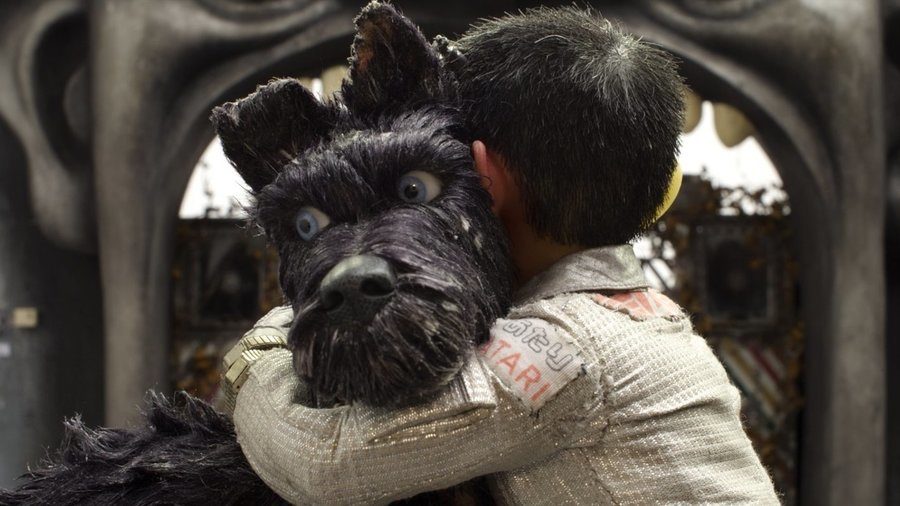He’s done it again.
Wes Anderson has come through with another quality film that managed to blow me away with its creativity and guile.
Set in future Japan, “Isle of Dogs” tells the story of a world in which, through Mayor Kobayashi’s fear mongering and propaganda, all dogs have been sent away to an island made of trash, called Trash Island. Although it is not flawless, I quite enjoyed this film and would not be opposed to seeing it several more times.
“Isle of Dogs,” is Director Wes Anderson’s 12th film. Anderson is known for his hyper-stylistic films that are, at the same time, very quaint
This film is as much of a love letter to dogs as it is to Japanese filmmaking. Stylistically, Anderson takes several queues from Japanese filmmakers like Kurosawa and uses these to supplement the worldbuilding. Anderson manages to incorporate these elements without them feeling forced or gimmicky and pays proper respect to his predecessors.
Allegorically speaking, “Isle of Dogs” poses several relevant and hard-hitting questions about fascism, xenophobia, and populism. Much like Orwell’s “Animal Farm,” “Isle of Dogs” works both as a political statement against fascism and as a fun story that children can understand.
Anderson brought on a plethora of talented celebrities to bring his characters to life, and it shows. The performances are fantastic. Bryan Cranston truly steals the show in his performance as Chief, a dog; without going into spoilers, Chief has amazing character development and a fulfilling arc.
Even though I enjoy the dog characters, the human characters are a bit weak. Especially Tracy Walker, voiced by “Lady Bird” director Greta Gerwig– everything about her character felt forced and unnecessary. I was confused by her inclusion in the movie because she is truly insignificant in the overarching plot. I felt no emotional connection with Walker and her presence detracted from my enjoyment of this movie.
The main character, Atari, also felt a bit flat but to a lesser degree. His simplistic motivation works with the movie, but I wouldn’t say Atari is a good character, and he is definitely a weak protagonist. Furthermore, Anderson’s unique style can be a bit overbearing at times, and some of the dialogue was a bit stilted.
Most of these problems are made up for by the amazing stop-motion animation, which I believe is the true highlight of this movie. It’s real enough to allow an emotional connection while cartoonish enough to maintain a whimsical charm. It’s clear that many careful hours were spent making each frame as visually interesting as possible.
This movie is a treat, and I’d recommend it to anyone looking for something new and different; its unique style, along with its indomitable charm and spirit, make it a must-watch for Wes Anderson die-hards and general audiences alike.
[star rating=”4.5″]


